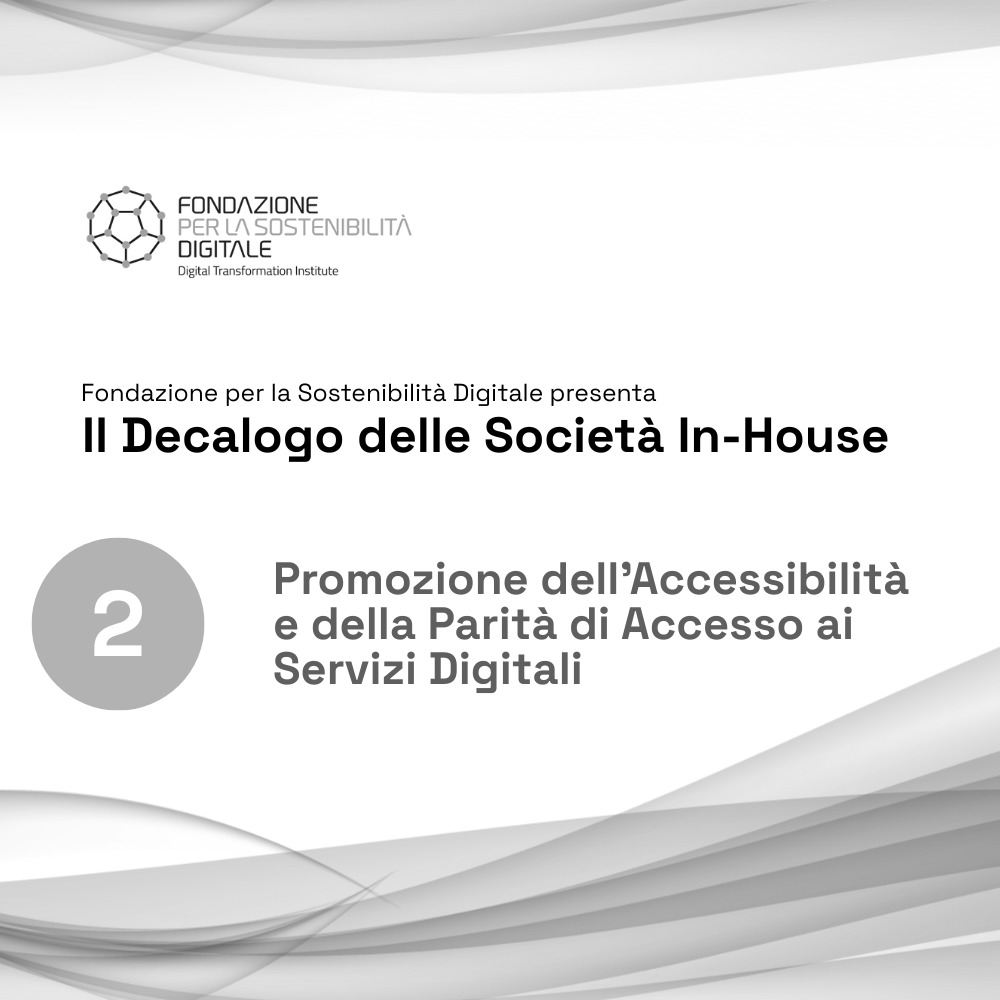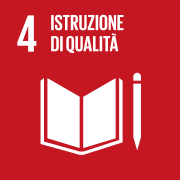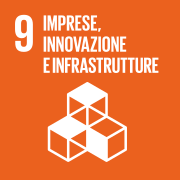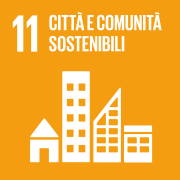
An in-house company aims to maximise the effectiveness of the action of its controlling administration. This approach is a far cry from that of a company whose aim is to maximise profit or increase revenue, since in this case the objective is to maximise the equity of the action that the public administration exercises on its users, i.e. the citizens, by ensuring that technology is available to all, so that everyone has fair access. The social impact of this approach is fundamental: in fact, it is not a matter of providing everyone with the same type of service, but of ensuring that everyone can enjoy the same level of the service provided, bridging those gaps that the individual user may have with respect to the intended use.
We therefore find ourselves having to bridge gaps of various kinds, which may range from infrastructural gaps, to differences in access devices, to cultural aspects linked to the function being accessed. It must first of all be made clear that egalitarian access has a much higher cost than guaranteed minimum access, since in the latter it is mainly the threshold that counts, whereas in egalitarian access it is the gap between the individual’s condition and the desired level of service that counts.
It is absolutely clear that, in such a situation, the level to which one wants to reach is only conceivable in the public sphere, where the purpose is social and not tied to rigidly economic parameters. In this sense, in-house companies are the only entities with the necessary technological expertise, capable of guaranteeing equality, measuring on the one hand the gap to be bridged and on the other implementing the most suitable technological actions for each citizen.
It is therefore a system that, if we wanted to classify it in the industrial world, would be comparable to Industry 4.0: a model strongly focused on the precise measurement of needs and on the overcoming of the single specific need with respect to a generic will.
Having sustainable digital services, in this case, means constructing in a shared way both the tools to measure the point gap and those to overcome it, inserting them in an overall logic that allows, in the multitude of citizens served, to generate an overall economy of scale that cannot be realised in the private sphere or in any case limited in the number of subjects to be considered.
How many digital services one needs to refer to is not definable a priori and never will be. This is both because of a criterion of innovativeness, which implies the continuous identification of new strategies and horizons, and because of the natural dependence that the in-house company has on its controller, who may define strategies of a political nature that vary over time, emphasising different parameters.
It is particularly relevant to consider that there are territories with different economic dispositions. For example, there is a significant gap in average per capita incomes between urban and rural areas, as well as between lowland and mountain areas. In general, the most complex challenge is to provide services to the most isolated or sparsely populated places, where average costs are higher than in densely populated areas.
There is, therefore, a double gap: on the one hand, the greater logistical complexity in reaching marginal areas; on the other, the fact that it is precisely in these areas that average incomes are often lower. The same dynamic is found in the perception of the importance of digital in these territories, as well as in the propensity to carry out actions that maximise digital sustainability, both on the part of administrations and individual citizens.
All this highlights how the role of an in-house company is particularly strategic since, having public shareholders, it can harmonise different territorial situations on the basis of its own experience. Moreover, if there are superordinate bodies that embrace both marginal and less marginal areas, the in-house company is able to direct more investments towards the more decentralised territories, thus contributing to maintaining an equitable view of the entire territorial system.
It is therefore a question of ensuring that there is equal access both between different entities and between different territories. Once again, we believe that an in-house company, with the capacity to embrace a multiplicity of users and administrations, in order to bring maximum equity of access, can be a winning key to achieving this, also with a view to an overall economy and supply chains capable of systemic impacts.
A few examples are cited that can clarify this chain from an infrastructural point of view. For example, bringing connectivity to mountainous locations certainly entails a much higher cost of excavation than in lowland areas, due to the orography of the terrain, the presence of rocks, and a greater number of implementation difficulties than in lowland areas.
These areas would have an obvious market failure, and where this failure entails a technological unavailability to users, it is here that the subsidiary role of the public administration is absolutely fundamental.
The latter must bring these areas back to a condition similar to that of the areas already served, by building the infrastructures that the market has no incentive to build itself. In addition, it is important to make these infrastructures available to the market at figures that are absolutely similar to, if not lower than, those of the best-served areas in order to incentivise subsidiary investments and to promote their use in places where this does not occur natively. Another example is related to the citizens’ ability to use digital.
Many administrations have endeavoured to build courses with various levels of entry, in an attempt to create as homogeneous a digital competence as possible. Such courses are designed to enable people to take advantage of both public administration services and, in general, all the services that digital offers today, which are clearly a mechanism for sociality on the one hand and entertainment on the other.
A historical discussion is related to how much bandwidth should be guaranteed to each citizen, to ensure that, wherever he or she is, he or she is never discriminated against with respect to the best-served places. The discussion is by no means easy because it depends on the type of service. However, a rough idea can be realised by hypothesising a virtual immersive reality scenario in which the user’s perception is that of living in any other space, with the extension of his or her senses to the place where he or she is imagining being. In this case, the bandwidth required is to realise a complete immersive experience in which, regardless of the interfacing mechanisms, one does not lose sight, smell, taste, touch and sound, i.e. all of our five senses, with respect to being in the virtual place in which one is navigating. Some studies today show that such a bandwidth is of the order of 100 Mbps and therefore absolutely feasible with current techniques.
This also means that, to the question “do we always need more bandwidth?” or “do we always need more?”, assuming that access bandwidth is one of the main elements to guarantee equity of access, the answer becomes no. There is a limit, and when it is reached, a per-person and therefore personalised limit, true equity of access is achieved. In this sense, in-house companies work to build infrastructure service chains that challenge these limits, on the one hand by evaluating them and on the other hand by realising them.
















